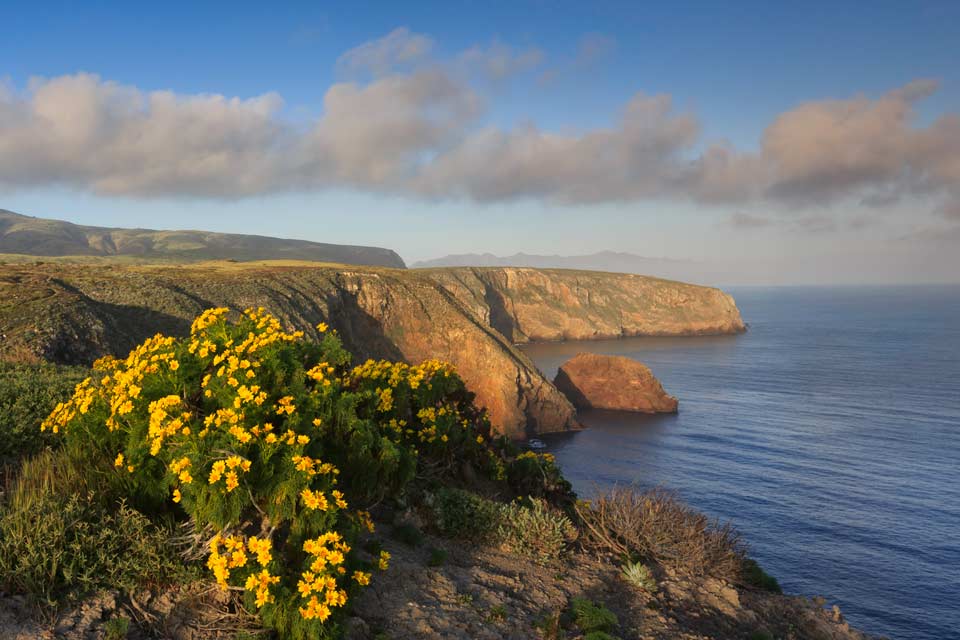
Summer temperatures melt snow and ice on a lot of Iceland’s surface, as proven on this satellite tv for pc picture. The lack of uniform snow cowl permits permanent (though shrinking) icefields to show by way of (notably Vatnajokull in the southeast), and highlights the island’s rugged coastline.

The largest ice cap, Vatnajokull, actually rests on top of three active volcanoes. The warmth from these volcanoes causes the underside of the ice cap to melt, slowly filling the calderas. Eventually the caldera spills over and releases a torrent of water generally known as a glacial melt flood. This volcanic exercise happens because a tectonic boundary runs roughly northeast-southwest via the island nation, and the 2 plates are pulling away from one another, causing magma to nicely up from deep within the Earth. The brightly coloured lakes and coastal waters are the results of very fine, and highly reflective sediment that …
read more >
